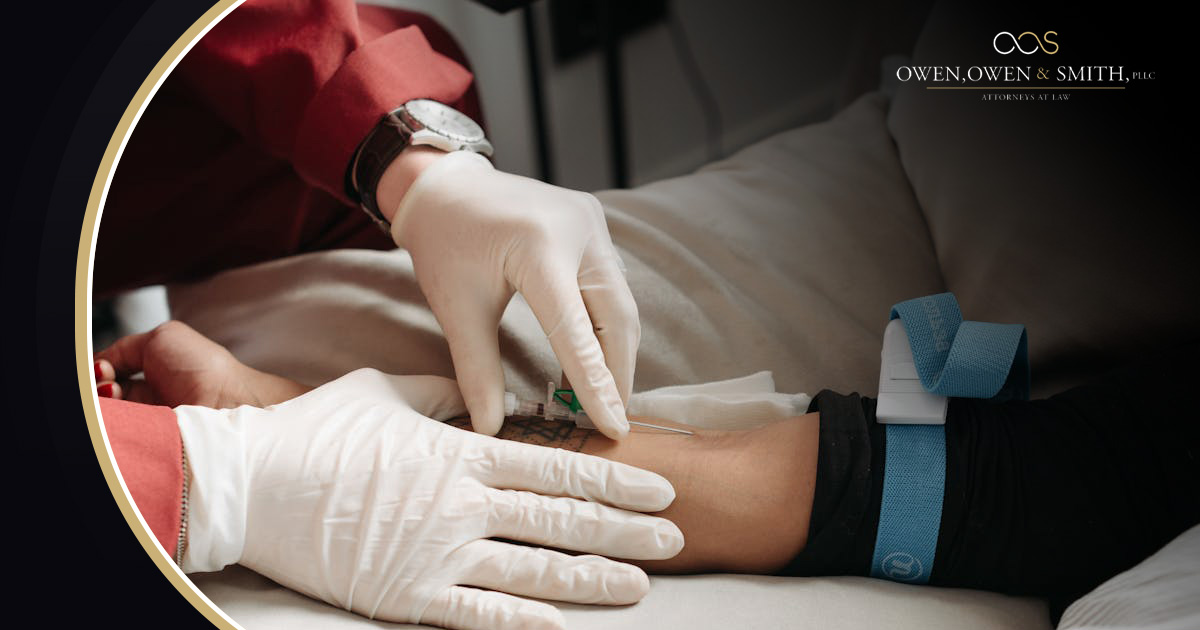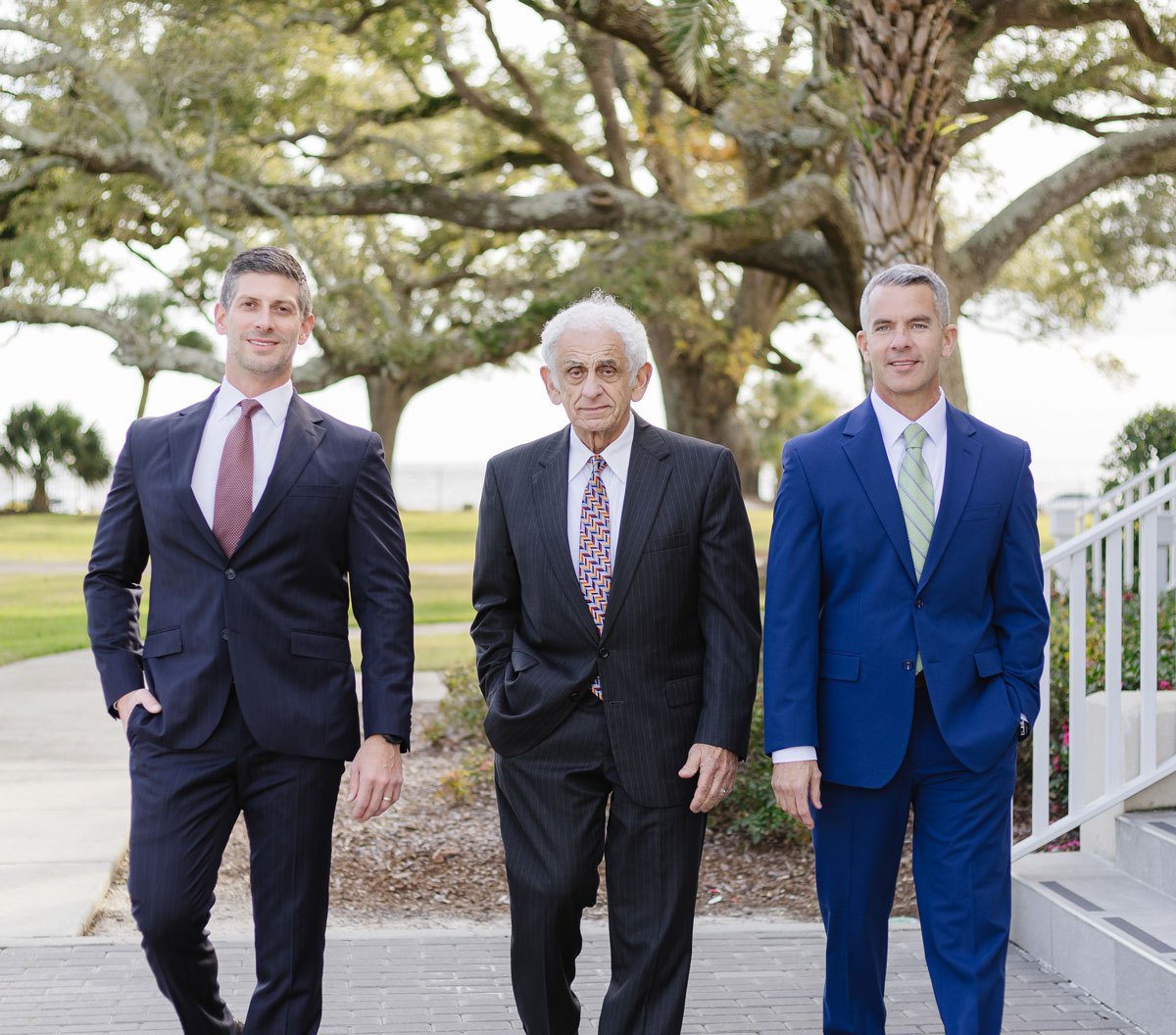When a Gulfport police officer responds to the scene of a car accident, they are required to fill out a crash report. This report provides the basic details of what happened in the accident. After the accident’s date, time, and location, one of the first items is the type of accident. Was it a rear-end, head-on, or sideswipe collision? They also have to document any injuries, which gets a bit more complicated.
A police officer is trained to administer basic first aid, but they can’t assess the extent of any injury, especially if the injury is not obvious, like a laceration or compound bone fracture. If someone involved in a car accident requires immediate medical attention, they will be taken to an emergency room. If they can “walk away” from the accident, they could experience body aches in the hours following the accident, which would also require medical attention.
After a car accident victim visits a doctor for a total evaluation, one of the most important questions they’ll ask is how long their recovery takes. The answer to that varies between patients and various conditions, such as underlying health issues at the time of the accident and other habits. There are some estimated times that your doctor might share with you.
Your recovery time will factor into the your total damages that you’ll work out with your Gulfport car accident lawyer. The attorneys at Owen, Owen & Smith, PLLC have helped many victims of car accidents achieve the maximum benefits for all their injuries.
Here’s what you can expect for recovery times from certain car accident injuries.
Lacerations
Lacerations or cuts would be considered penetrating injuries. That is when you get cut from glass or other debris flying around the car at the time of the accident. If you require stitches, you will most likely receive them in the ER. They will either be absorbable, which dissolves on their own, or non-absorbable, which could stay in place for 5 to 14 days and need to be removed by your doctor.
Bone Fractures
Bone fractures are common injuries in car accidents and are caused by the force of the impact of the vehicle striking the outside of your car and your body striking the steering wheel, dash, or side of the car. At the ER, X-rays will reveal your fracture will be one of the following categories:
- Greenstick
- Transverse
- Comminuted
- Spiral
- Compound
Depending on the severity of the fracture, you might require immobilization in a cast or surgery to reset the bone. According to details provided by the Cleveland Clinic, you could be mobile again in a few weeks. However, you might also require several physical therapy sessions to help you regain complete function.
Neck, Back, or Shoulder Pain
Shoulder, back, and neck pain are more examples of common car accident injuries. These are the types of injuries that might not be obvious until hours after the accident or even the next day. Seeing your doctor at the first sign of pain in these areas is important. Their examination will try to determine which of the following might be going on:
- Injury to the joints, tendons, or muscles
- Muscle tension
- Neck injury
- Nerve or tissue damage
- Stress fracture
- Spinal injuries
The treatment for those injuries can start with simple icing of the affected area and rest or surgery to repair damaged nerves or tendons. These injuries might prevent you from returning to work or normal activities for several days or weeks. They might also require immobilization, such as a neck brace or sling.
Whiplash
When struck from behind by another vehicle, the sudden jolt forward and then back again can result in a whiplash. According to the Mayo Clinic, there are an estimated 3 million cases of whiplash in the U.S. each year. In addition to the neck pain and stiffness, you could also experience the following symptoms:
- Dizziness
- Fatigue
- Headaches, most often starting at the base of the skull
- Loss of range of motion in the neck
- Tenderness or pain in the shoulder, upper back or arms
- Tingling or numbness in the arms
- Worsening pain with neck movement
In mild cases, many people can return to regular activities for a few weeks. However, some cases could extend for several months. You might be prescribed muscle relaxants, physical therapy, and a neck brace.
Traumatic Brain Injuries (TBI)
One of the most severe injuries that occur in car accidents is traumatic brain injuries. That can occur from a violent jolt of the head that shakes the brain. One of the most common symptoms of a TBI is chronic headaches. However, you can also experience dizziness, confusion, cognitive problems, and mobility challenges. A TBI might require medication, surgery, and physical therapy to make a recovery. This means the recovery period can last several weeks into months.
Paying for the Recovery
When someone else’s negligence causes an accident, you are entitled to be compensated for your losses. That includes any wages you missed out on while recovering from your injuries. Of course, the medical bills also need to be remedied by the at-fault driver’s insurance. Filing those kinds of claims is not without challenges. When those obstacles arise, you can get advice from Owen, Owen & Smith, PLLC.
We are a team of experienced attorneys who have helped many clients achieve positive results for their personal injury claims. The goal is to help clients get what they need financially to help them heal. If you’ve been the victim of an accident caused by someone else’s negligence, we want to hear what happened.


